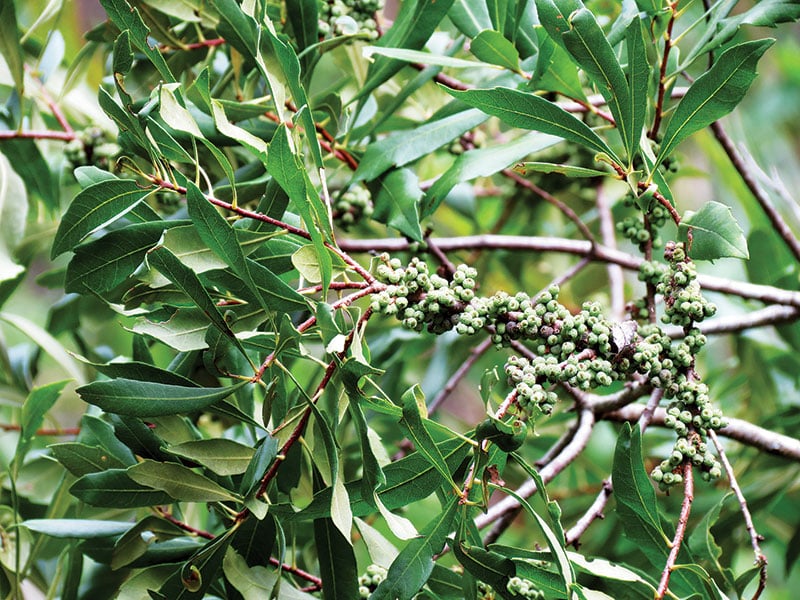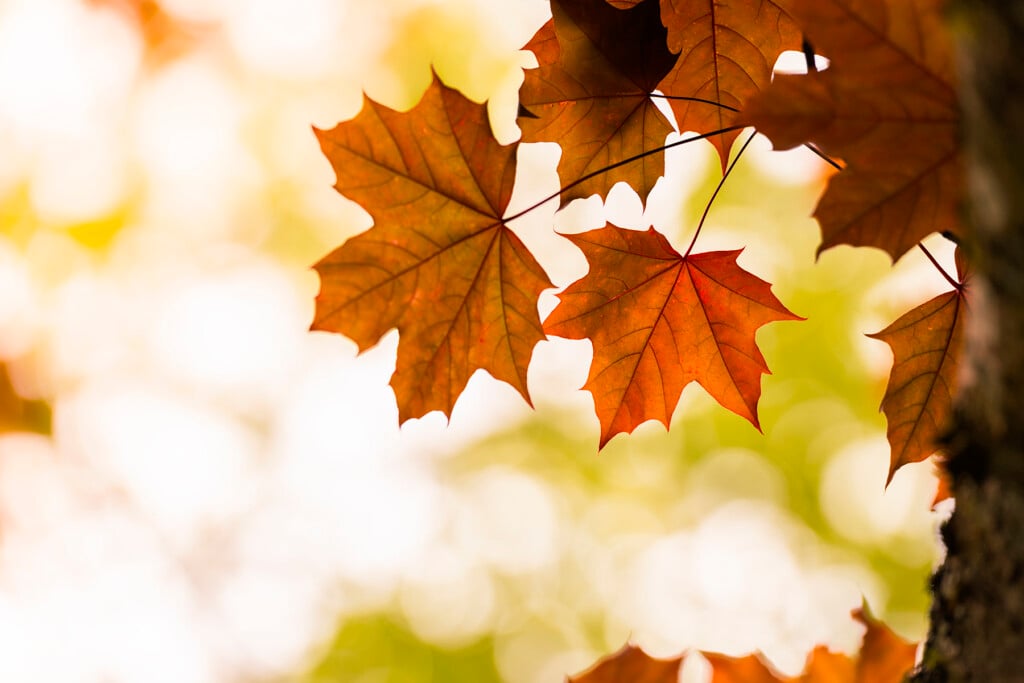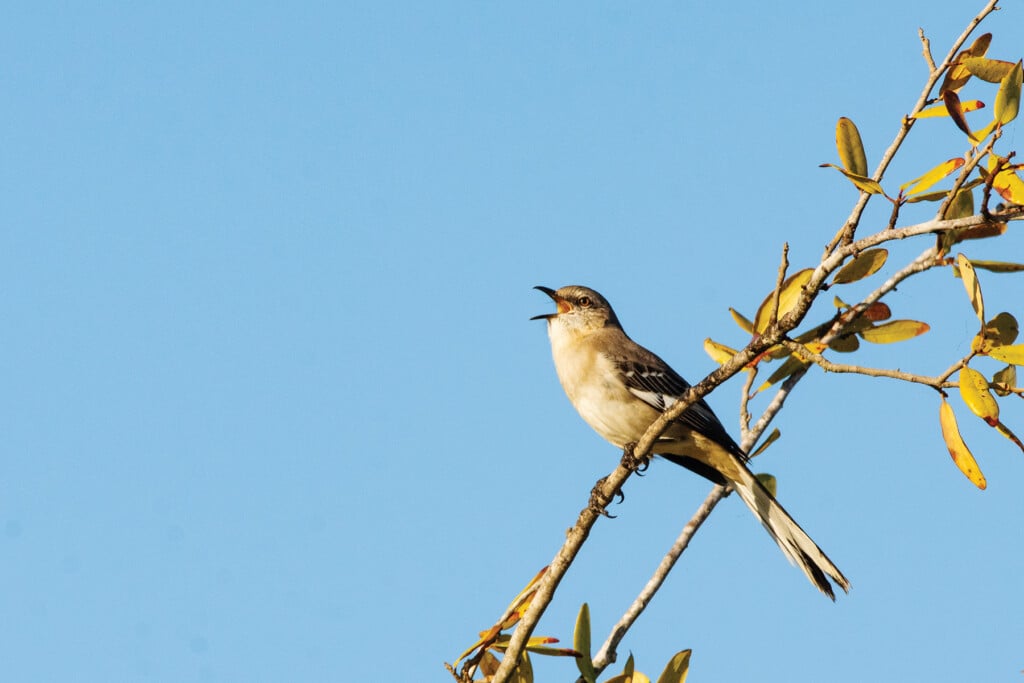Hardy and Versatile
Wax myrtles once figured in candlemaking

Among the ubiquitous holiday decorations are the scented red and green pillar candles. One, the bayberry candle, has a distinctly North Florida connection.
The bayberry and local wax myrtle trees are both members of the Myrica plant genus.
The wax myrtle is a native Florida plant. It is a small tree or large shrub which can be grown anywhere in the state.
The bayberry’s larger berries are collected commercially to produce the popular candle scent. Before the advent of mass-market candles, wax myrtles had the same use in many Emerald Coast homes. Currently, these trees are used extensively in patio plantings and as landscape screens.
Wax myrtle does well in a moist environment. It is excellent for use in poorly drained soils, but it grows well in drier soils. This durable plant can serve many uses in the landscape and is salt tolerant. They can be grown from seeds, cuttings and simple layering techniques. Seeds can be started in a mixture of equal parts sand and peat moss.
Another method for propagating wax myrtle is to dig up established plants during the winter months. Cut the plants back, and place the root clumps in containers. In a few months, the plant will regrow. A small tree 10 to 12 feet in height will take a few years to grow using this method.
Wax myrtles have male and female flowers produced on separate plants. Female flowers grow in close bunches producing light green round fruits about ⅛ inch in diameter. The fruits are coated with a thick, bluish wax useful in making candles.
Wax myrtles can reach a height of 25 feet. Their evergreen leaves are narrow at the base and broader toward the upper end of the leaves. About midway up the leaf toward the tip, coarse teeth appear on the leaf edges.
Mistletoe Feeds on Trees
Mistletoe plants grow in a variety of local hardwood trees, most typically in pecans and oaks.
This plant’s sprouts are equipped to utilize available nutrients and water until they are firmly attached to a host, which will do most of the work for them.
Classified as hemiparasites, mistletoe does engage in some photosynthesis while deriving most of its sustenance from the host plant. Mistletoe is easy to spot in the tops of trees that are seasonally shedding their leaves.
The growth position in the tree provides mistletoe with several advantages. Birds are primarily responsible for spreading mistletoe seed, and the plants are an attractive source of food during the sparse winter months. The plant’s location in the top of the tree is easily visible
to birds and a safe location for the birds to dine.
The growth clusters in the top of the tree also minimize the possibility that the rather brittle, delicate plants will be damaged by larger animals looking for a meal. Stalks of mistletoe are easily broken with minimum effort.
As a parasite, heavy infestations of mistletoe are an indication of a tree in decline. The tree’s defenses are helpless against mistletoe’s roots which penetrate the bark and rob it of needed nutrients.
If within easy reach, the mistletoe should be broken off. If at heights in established trees, a professional arborist should be engaged.
Here Comes Peter Cottontail

Photo by iStock / Getty Images Plus: Irving A Gaffney
Local rabbits are cottontails of the genus Sylvilagus. These year-round residents will dine on home landscapes during the winter when natural forage options are few.
Rabbits are strictly herbivores and will eat a wide variety of tender foliage plants. Many vegetable gardens and highly manicured landscapes have been reduced to little more than decimated wastelands by troops of ravenous cottontails.
They are most active at dawn and dusk when they are not easily detected by predators. Cottontails utilize nests in thick, well-disguised sites to hide when not foraging and to raise their young.
When ensconced in the safety of their camouflaged fortification, they silently wait for any predators or threats to lose interest. Repellents are of little use in dealing with rabbits. Chicken wire 24 inches high can help, but rabbits may dig under it.
Capturing rabbits with live traps is an option, but they must be diligently and consistently employed.
Les Harrison is a retired University of Florida/Institute of Food and Agricultural Sciences Wakulla County extension director.



